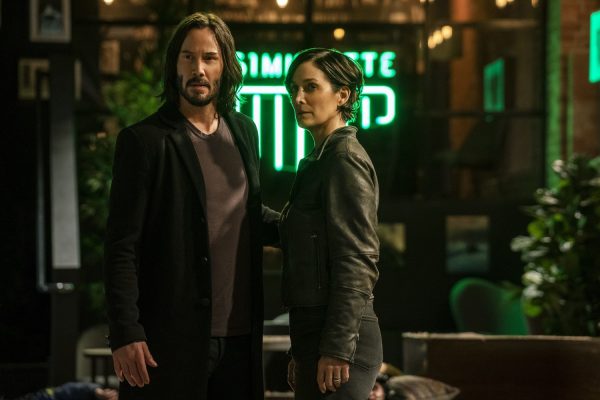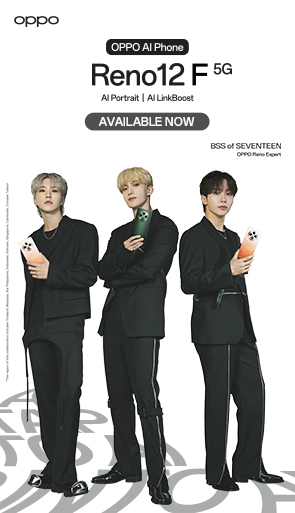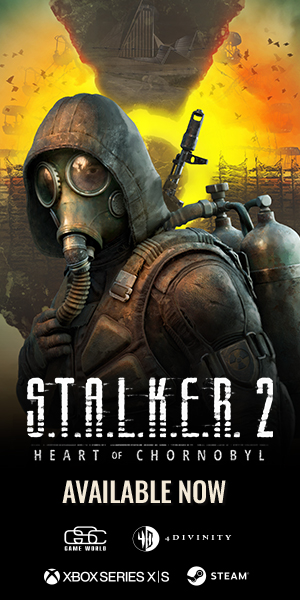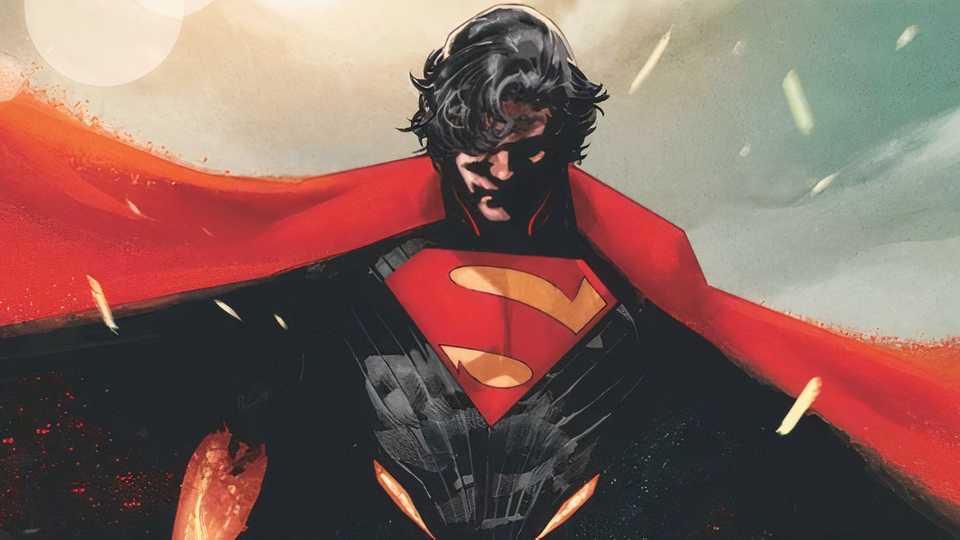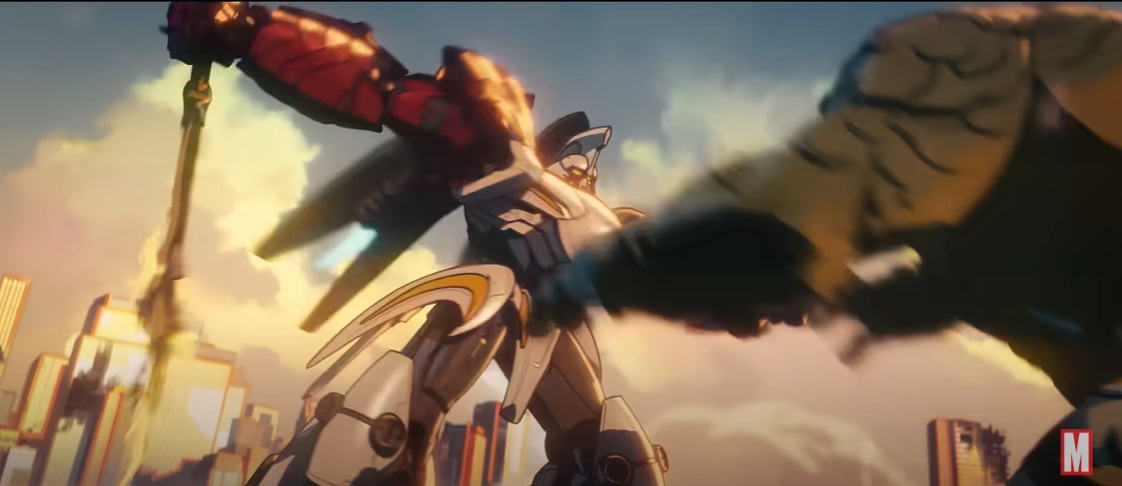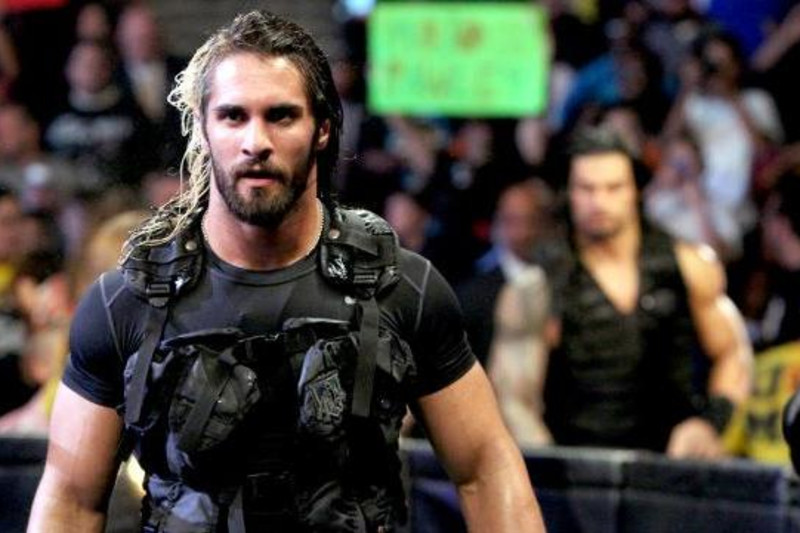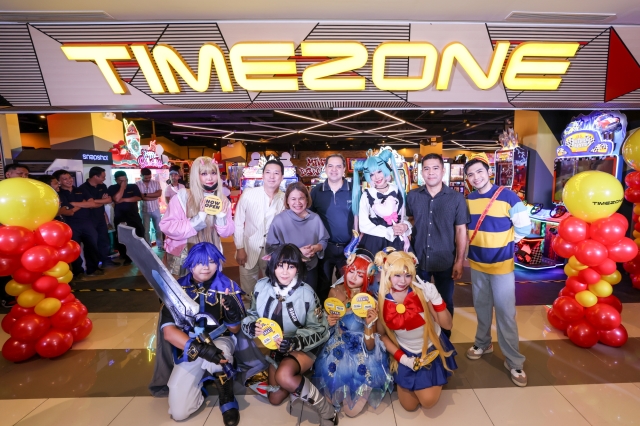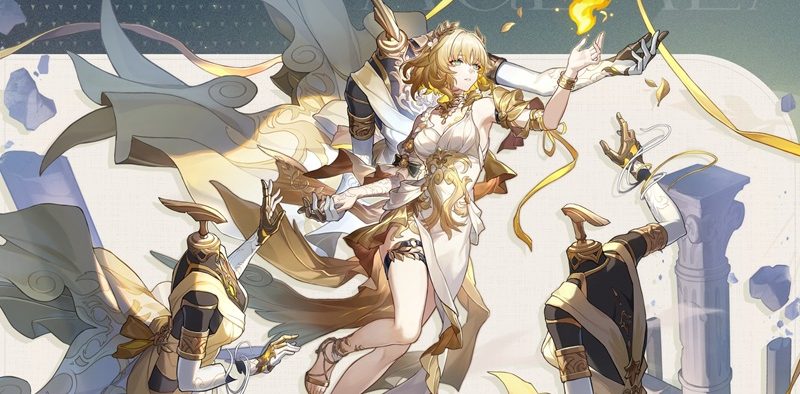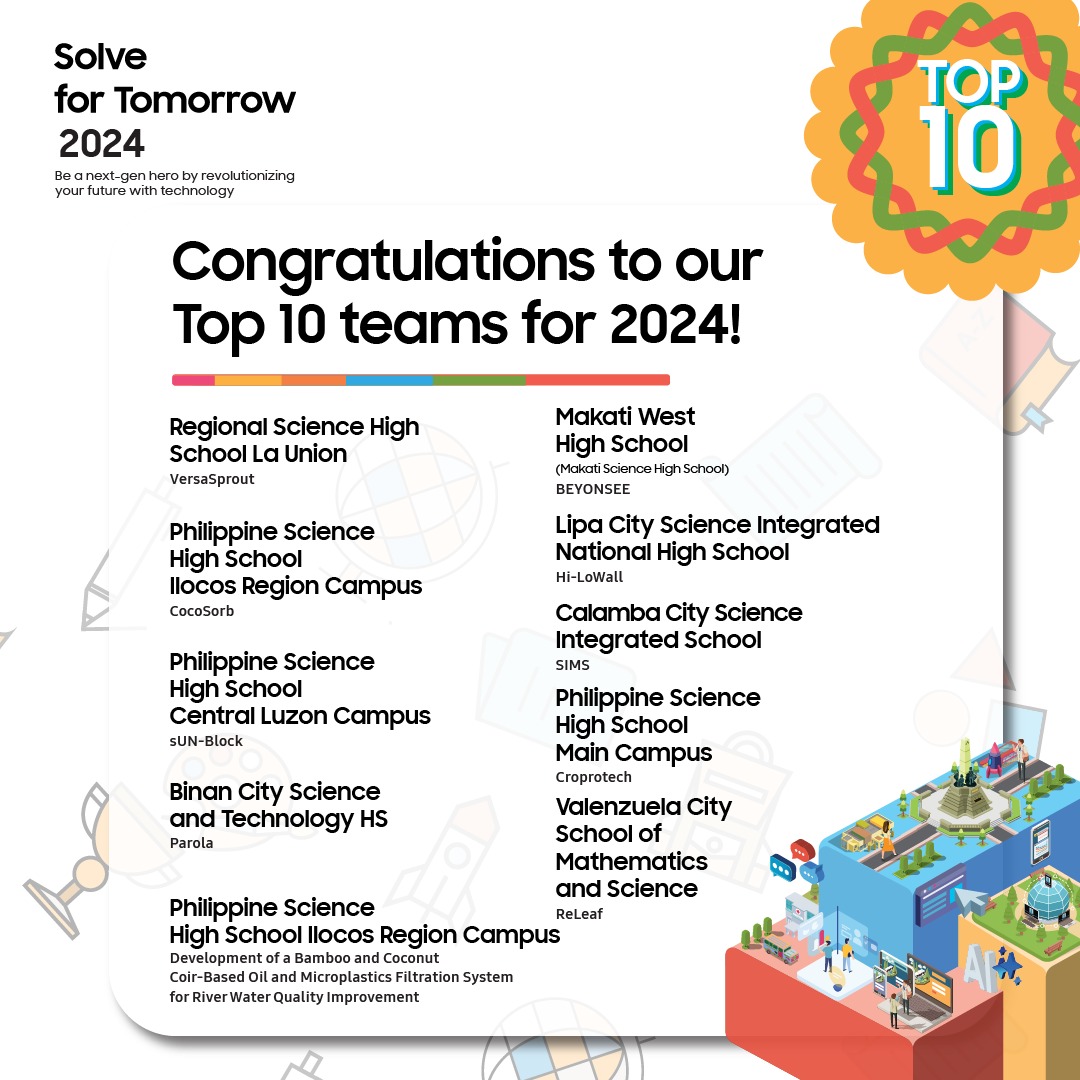Gravity, Avatar Artists Tap Latest Tech for Disney’s THE JUNGLE BOOK
Filmmakers explored the best way to immerse audiences in the world they’d imagined in their new version of Walt Disney Pictures’ reimagined The Jungle Book.

Says director Jon Favreau, “We asked ourselves, ‘How can we create a world? How can we use this technology, these storytelling tools to their fullest potential?’ Ideally, we wanted the audience to forget that it’s technology—they’ll just get transported.”
Filmmakers assembled a team of experts with movies like “Life of Pi,” “Gravity” and “Avatar” under their belts. Visual effects supervisor Rob Legato boarded the project very early on to design a workflow, a system and VFX pipeline, employing the very latest iteration of movie magic, which would allow his director the freedom to push the limits of what’s possible in filmmaking. “It’s a photo-real film grounded in the real world,” says Legato. “There’s something very interesting about that.”
Says Favreau, “We take the best of the photo-real animation process, the best motion-capture techniques and the best of live-action shooting and combine these three things in a way that that nobody’s done before. We discovered that we could use cutting-edge technology to create something that appears completely realistic and organic to the audience.

“If you want believability, the physics must be real,” the director continues. “Mowgli and the designs are executed in a real way, but we took a tremendous amount of liberty when we made the jungle. Not unlike Disneyland, we realized that we could make the animals a little bigger than life to help accentuate how vulnerable this little boy feels in the jungle. Every corner of the screen is filled with tremendous detail. We have this beautiful, lush jungle canopy and you have the art direction and the cinematography that’s evocative of the old multi-plane camerawork from the animated films.”
Legato’s VFX team collaborated with Andy Jones’ animation team, kicking off the effort with extensive research. “Footage of animals in the wild, in the proper sunlight is our basis and foundation for reality,” says Jones. “Photographic real references of animals are our backbone and starting point. We then slightly tweaked some of the renderings of the animals based on the voice actors’ performances, but never to the point of crossing the line into becoming cartoony.”

Filmmakers employed cutting-edge CGI to capture the animal’s performances. “Each animal has a unique emotional language,” says Favreau. “A tiger expresses anger much differently than a wolf or a bear would.”
In lieu of matching CG environments to an actual jungle, filmmakers decided to build an almost entirely digital jungle. “We found we were able to exaggerate and enhance certain elements like scale,” says Favreau. “We can take foliage from India’s jungles and heighten certain colors. But it’s all rooted in reality.”
“The audience will feel the grandeur of the Indian jungle,” adds Legato. “They’ll experience this exotic land. That’s part of the fun of going to the movies—seeing a place you’ve never seen before. Living it. Walking through it.”
The process called for careful planning and extensive pre-visualization work, particularly considering that the film’s human character, Mowgli, touches and interacts with the environment he’s in. Designers built a practical set—creating only what was needed for a particular shot—that was later blended with the CG environment. “We could look at the monitor and see the virtual set we’d already built and how it married perfectly into that environment,” says Favreau. “We could get the full picture when we looked at the monitor with the Simulcam in it. We could move the camera and see off into the distance—we could see every mountain and tree that was supposed to be there.”
Concludes the director, every choice was made with the audience in mind. “The audience has to be taken on a ride. They want thrills, adventure, excitement, laughs. And they want emotion. I tried to make a movie that I’d want to see.”
The wild adventure swings into Philippine theaters in 3D on Thursday, April 07. The Jungle Book is distributed by Walt Disney Studios Motion Pictures through Columbia Pictures. Follow the official social media accounts of Disney in the Philippines, namely, (FB) WaltDisneyStudiosPH, (Twitter) @disneystudiosph and (Instagram) @waltdisneystudiosph and use the hashtag #JungleBookPH.



